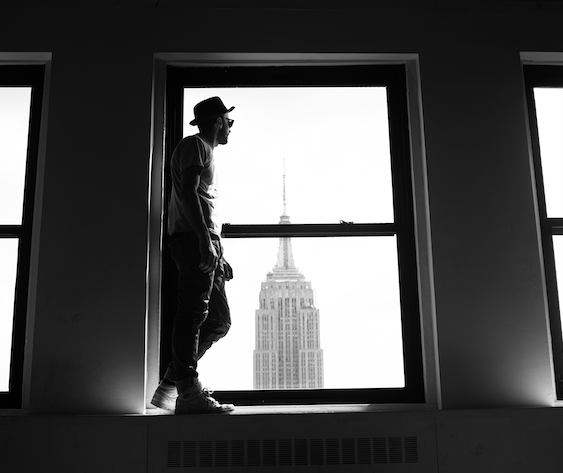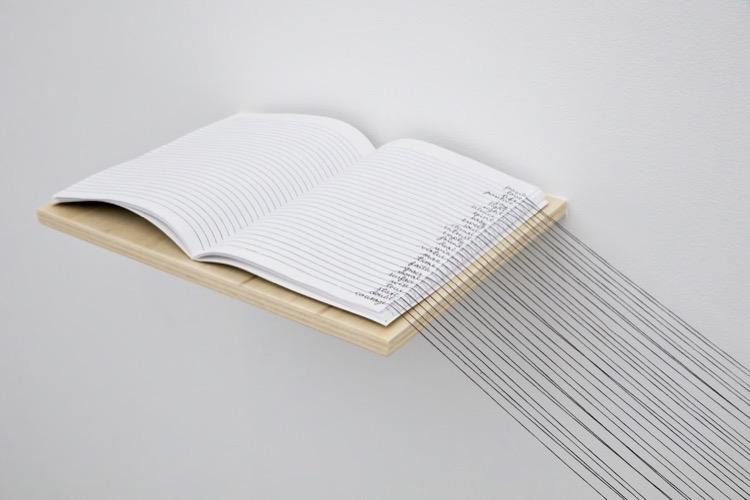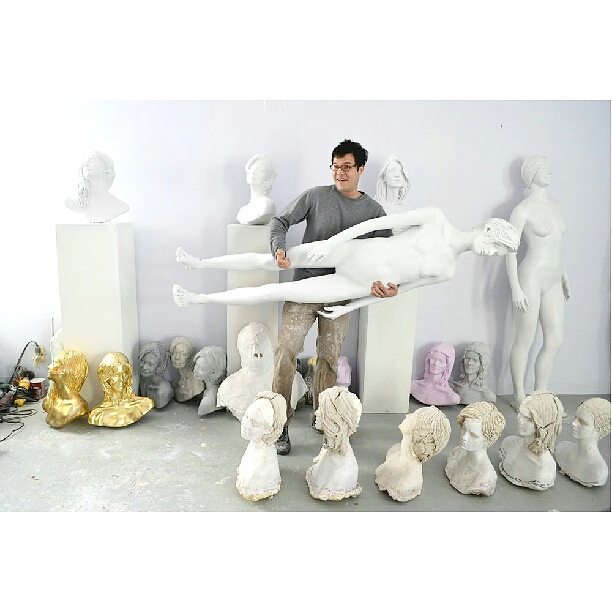
It’s a uniquely modern thing that an artist who has never shown in a gallery setting has his work regularly viewed by an audience of close to 11k. Self-taught sculptor Mitchell Cooper has garnered a huge following on Instagram, and it’s largely because of his preferred subjects: top models like Kasia Struss, Irina Kravchenko, and Carolina Thaler.
Cooper makes life-sized cast sculptures of some of the modeling world’s most statuesque women. His Brooklyn studio is scattered with curated piles of heads featuring jutting jaw lines and chiseled cheekbones—some in gold or shades of pink, but most an opaque white. Full body sculptures line the walls and tower with shrunken frames like ghosts of Vogue-past. The result ranges from beautiful to off-putting.
Intrigued by Cooper’s work, we visited his studio to learn more about the man that convinces the world’s most beautiful women to cover their naked bodies with plaster in the name of art.
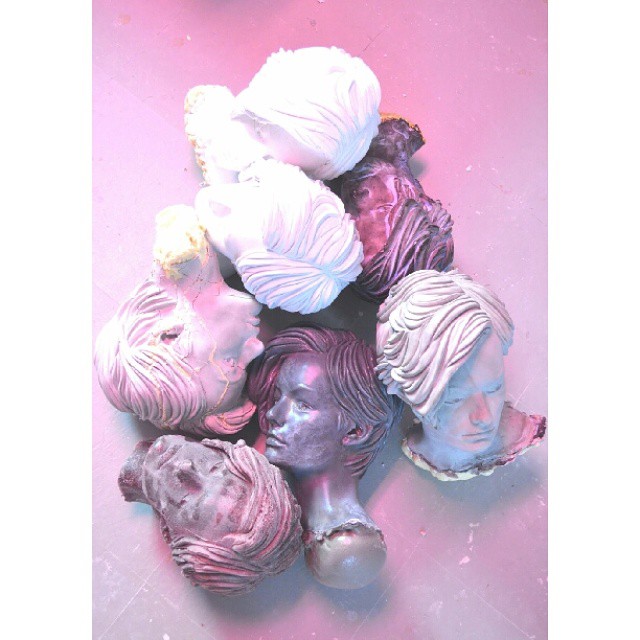
Jenny Held: How did you begin working with sculpture?
Mitchell Cooper: Years ago I started working for Anonymous Gallery on the Lower East Side. They ended up moving the gallery to Mexico and I couldn’t go back to my previous 9-5 job. I lived right across from the Soho Grand and I would always see these models. I’m from a small town in Georgia where you just don’t see women that look like that. So I started off making little drawings and sculptures out of chopsticks. Then I started teaching myself how to sculpt.
JH: Why do you choose to use top models as subjects?
MC: If you make a sculpture of someone that is already good-looking, then the sculpture itself will come out good-looking. If you look at sculptors from the past, they wouldn’t find just anyone to sculpt—they would find someone that has the right qualities. Like Codie [Young], if you saw her in person, she already looks like a painting with her eyes and the way her lips go.
JH: Are the sculptures all true to size?
MC: Yeah, none of the materials shrink or anything so it’s all pretty exact. You could sculpt them piece by piece, but when you take a mold, you can see every little shadow. Nothing is exaggerated. It’s exactly how it is.
JH: I find one sculpture in particular to be a bit shocking in terms of body weight. Do you use your work to make a statement about the female body?
MC: No, that’s what I’m trying not to do. I’m not trying to be crass about it and say “Oh, look how skinny they are.” That’s what’s on the cover of every magazine. I’ve had really good reactions from the modeling and fashion community.
JH: Would you ever want to sculpt less statuesque people—someone obese, for example?
MC: I think that would be too kitsch. I just have fun with it. There is a whole industry built around these women, from the photographers to the agencies and advertisers. People live off of these girls. I thought, why are they just taking pictures of them? There are so many other things you can do. I would love to shoot Warhol-esque movies with them as well.
JH: So how do you contact the models you are interested in casting?
MC: I used to live next door to a photographer and I was able to get his girlfriend, who is with this agency IMG, to bring over her friends. What I do now is I’ll write them on Instagram and most write back. I give them one of the castings for their time.
JH: So is it awkward when you’re like, “Hey, can I cast your naked body?”
MC: The first ones were more awkward. Most of them don’t really speak much English so it’s hard to explain what I’m doing. That’s why I started with the busts instead of full bodies.
JH: How long have you been working on this series?
MC: It’s hard to say because it started gradually. The first two took me almost a year to get together because I had no idea about the materials. Everything was coming out so messed up. But now I can make these things pretty quick.
JH: Have you shown in a gallery?
MC: Not yet—80% of what is sitting out here I’ve made in the last year. I wanted to get a good collection together. Ultimately, I’d love to make them out of super expensive materials like the reliquary busts of the 1700’s with intricate inlays and jeweled eyes.


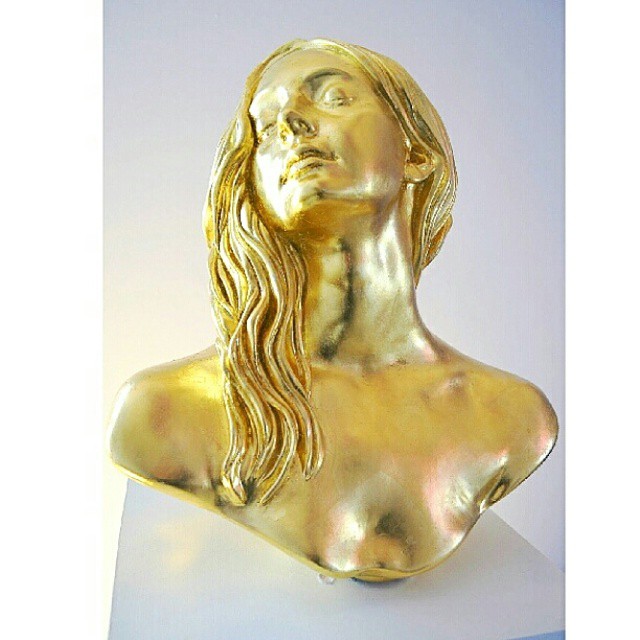
To see more of his work, check out Mitchell Cooper’s website or follow him on Instagram.
Like this article? Check out other exclusive artist interviews or international art news.






